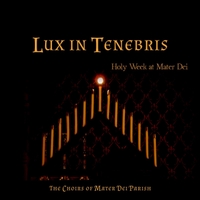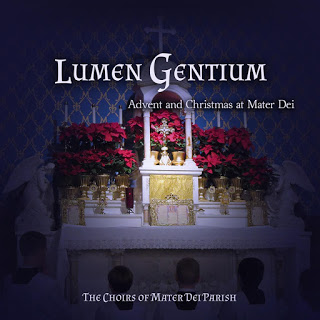Liber Pro: The Liber Usualis App
Official Trailer
How I got into apps
The year was 2009. After five months at the seminary and several weeks of the worst flu I’d ever had, I found myself back at home. I had just discerned that my vocation was not to be a priest. Although I had been in software for about five years prior to entering seminary, we were now at the heart of the great recession, and even software jobs were hard to come by. (It actually took over a year before I found my next job, which I waited anxiously for in order to get married).
With some unexpected time on my hands, I decided to try my hand at iOS development. The platform had been opened up to developers, and I was already familiar with object oriented programming and the C/C++ languages. I had a few ideas for apps, but I had to learn Objective-C, with its propensity for square brackets and colons. More importantly, I had to learn some things about business, concerning which I had little prior experience.
With just my MacBook Pro and an iPod Touch, I got to work on my first app; and in April began my own tiny app company, which survives to this day as something of a hobby. I tried a few different ideas with apps I thought would be useful or funny, but none of these were particularly well received. I had essentially zero marketing.
An App for the Liber Usualis
As summer rolled around, I discovered that Musica Sacra (CMAA) has the entire Liber Usualis on PDF available as a download. After inquiring, I learned there was no copyright on the document and that I could build an iOS app specifically for the Liber. Having been at the seminary, I knew that the 2300 page tome was a bit daunting–and heavy. I also knew it could sometimes be difficult to navigate. Nevertheless, it occurred to me that the market for the app might be very small. After all, how many Catholic iOS users were there who were interested in Gregorian Chant? After going to the effort, would there be any interest or sales? (There’s always the practical side to consider.)
Aside from earning a living, what I really wanted to accomplish with the app was to make the Liber more approachable and convenient. The small form factor of the iOS device was already many times lighter than the Liber Usualis. The real value I was looking for was in tying the pages to a live calendar so that the user could just turn on the app and select the propers or commons of the day. In other words, for any given year, the app would need to be able to calculate every floating feast, including figuring out how many Sundays of Epiphany came after Christmas and how many came just before Advent.
Calculating feasts relative to Christmas was simple because Christmas does not move. Calculating feasts relative to Easter, or the last Sunday in October (Christ the King) or some other floating dates; therein lay the challenge. Then there were the cases where a feast landed on a Sunday and the class of feast became important in determining which feast day it actually was. Even still, that was not always enough. For example, when Dec. 8 falls on a Sunday, you have a collision of 1st class feasts: the Immaculate Conception and a Sunday of Advent.
To make a long story short, by September, I had an app with the table of contents indexed relative to the pages of chant and a calendar capable of identifying all of the feasts throughout the year. (Although over the years an occasional loyal user would drop me an email saying the app had chosen the wrong feast).
Deploying the Liber Usualis App
I remember uploading Liber Pro to the app store for the first time. At well over 100MB (due to the amount of data), I was praying my internet connection wouldn’t drop. Then I had to wait for the app to be approved. I wanted to choose a date for release that was meaningful, so I selected September 29, the feast of St. Michael the Archangel.
Still having very little marketing savvy (I still suffer from that) I did try at least somewhat to promote the app. Liber Pro was received with enthusiasm by the person at Musica Sacra I had originally contacted. That was great. I also asked Fr. Z if he would mention the app on his blog, which he did. Thank you Fr. Z!

Conclusion
My purpose in writing this is to share some information about the creation of a Catholic app. Of all the apps I have been associated with in one capacity or another, Liber Pro has been the most popular (somewhat surprisingly). I thought it might be of interest to readers to know a bit about the background of Liber Pro, though I certainly wouldn’t complain if you found value in the app and would like to buy it.





